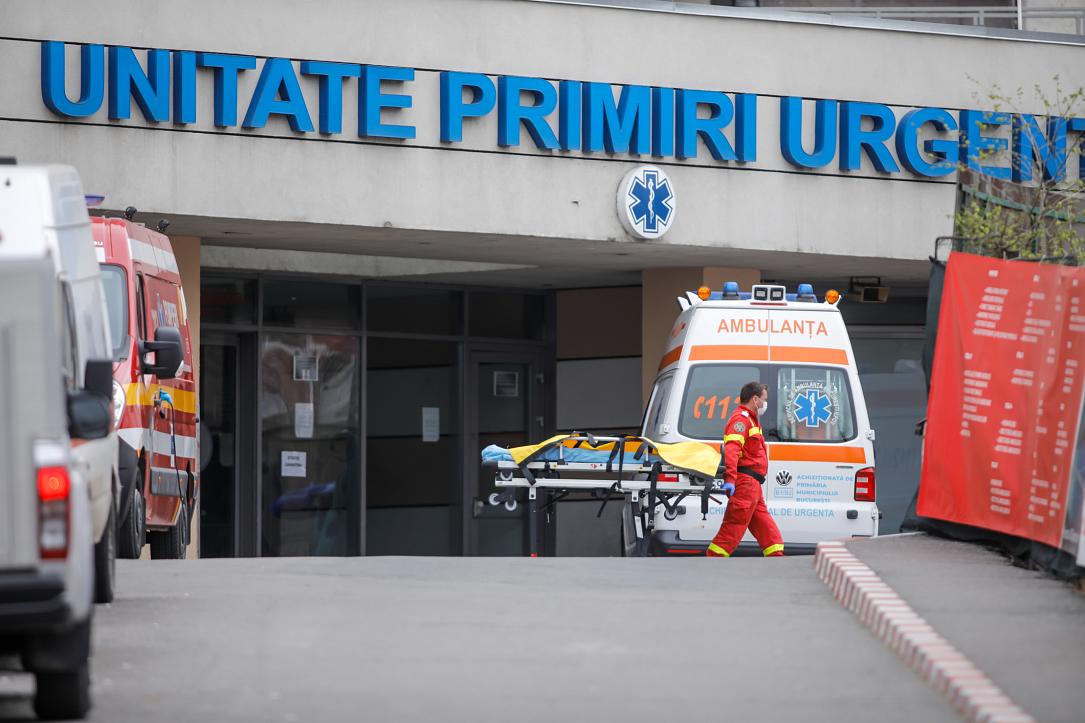Report: Romania ranks first in EU in the number of deaths with a preventable or treatable cause

Romania ranks first in the European Union (EU) in the number of deaths with a preventable or treatable cause, according to the 2023 State of Health in the European Union report. Also, life expectancy in Romania is well below the EU average and the third lowest among member states.
Romania has the highest number of deaths both from preventable causes and treatable causes in the European Union, the report shows. Preventable mortality is considered an indicator of the effectiveness of public health prevention policies, while mortality from treatable causes is considered an indicator of the efficiency of the health system.
In 2020, Romania registered 358 preventable deaths per 100,000 inhabitants, almost double the EU average of 180. Romania also had 235 deaths from treatable causes per 100,000 inhabitants, 2.5 times higher than the EU average of 92.
The main causes of preventable mortality were COVID-19, as well as heart diseases and diseases related to alcohol consumption. The main causes of mortality from treatable causes are considered to be heart diseases, pulmonary diseases, and stroke. Other major factors causing high mortality in Romania are unhealthy diets, smoking, and pollution, according to the report, cited by HotNews.
The report also shows that mortality in Romania increased sharply in 2020, at the outbreak of the COVID-19 pandemic, after a decade of gradual improvements in mortality rates.
Health expenditures in Romania are also low. Only one in three Romanians pay health insurance due to the numerous exemptions that exist, and health expenditures per capita in Romania remain the lowest among EU countries. In 2021, Romania spent EUR 1,663 on health per capita, less than half of the EU average of EUR 4,030. On the macro level, Romania allocates only 6.5% of its GDP to health.
As a result, 4.9% of Romanians say they have unmet medical care needs due to costs, travel distance, or long waiting times. The figure is twice the EU average in this area, 2.2%. Romanians' out-of-pocket health expenditures also remain high, the State of Health in the European Union report shows - a rate of 21%, much above the EU average of 15%.
In 2022, 18% of Romanians reported that they were in a situation where they had to pay an additional fee or a gift for a doctor or nurse. This is the highest rate in the EU, where the average in this area is 4%.
Cancer is a killer in Romania, more so than in other EU countries. Mortality caused by all types of cancer accounted for one in six deaths (16.7%) in Romania in 2020. Lung cancer is the most common cause of death, followed by colorectal cancer and breast cancer.
Cancer mortality is above the EU average, and since 2000, it has increased for six types of cancer. The age-standardized cancer mortality rate was 7% higher than the EU average in 2019, and showed very modest progress compared to the EU average since 2011.
Access to new therapies is delayed compared to the rest of Europe. At the same time, Romania has the lowest costs for oncology patient care in the EU, amounting to EUR 160 per capita, adjusted for purchasing power parity, while the EU average is EUR 326.
Life expectancy in Romania decreased significantly due to the COVID-19 pandemic and is well below the European Union average, the State of Health in the EU report shows. Life expectancy at birth in Romania was increasing until 2019, but the pandemic led to a sharp decrease - by 2.8 years, to 72.8 years between 2019 and 2021. As a result, life expectancy at birth in Romania is the third lowest in the European Union and 5.4 years lower than the EU average.
(Photo source: Cateyeperspective | Dreamstime.com)













